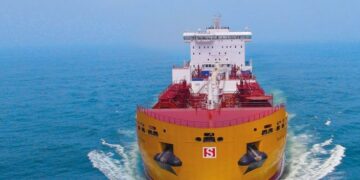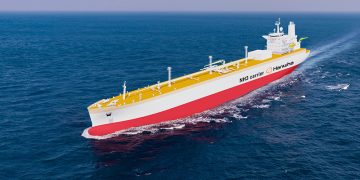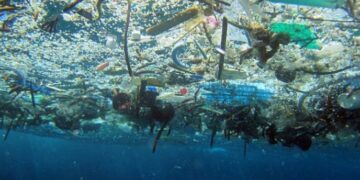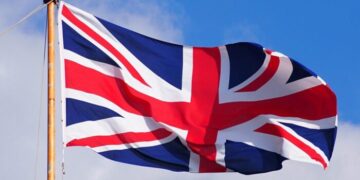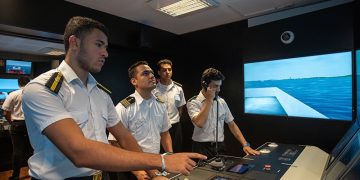Fast access to CryoSat's Arctic-ice measurements now available
ESA's ice mission has become the first satellite to provide information on Arctic sea-ice thickness in near-real time to aid maritime activities in the polar region. Marking five years in orbit just last week, CryoSat is the first mission to deliver complete maps of Arctic sea-ice thickness – a key indicator of global climate change and of the state of the Arctic itself. The satellite carries a radar altimeter that can 'see' through clouds and in the dark, providing continuous measurements of polar ice thickness. With specialist data processing provided by the UK's Centre for Polar Observation and Modelling (CPOM), these measurements can now be delivered within two days of acquisition through a website launched. The rapid data processing is important for managing and planning activities affected by Arctic sea ice, such as shipping, tourism, Arctic exploration and search and rescue. "This new capability goes far beyond CryoSat's original purpose, which was to collect measurements for scientific research," said Professor Andy Shepherd, CPOM Director and the CryoSat's principal scientific advisor. "The mission is now an essential tool for a wide range of services operating in areas of the planet where sea ice forms." With the rapidly increasing economic growth ...
Read more











